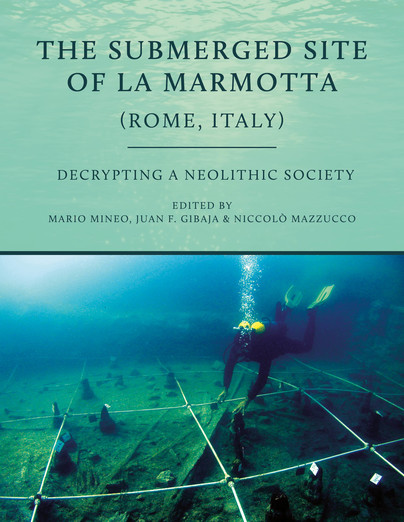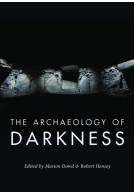The Submerged Site of La Marmotta (Rome, Italy) (Paperback)
Decrypting a Neolithic Society
Imprint: Oxbow Books
Pages: 168
Illustrations: Colour
ISBN: 9781789258714
Published: 15th April 2023
Script Academic & Professional
(click here for international delivery rates)
Need a currency converter? Check XE.com for live rates
The shift from a hunting and gathering economy to a productive economy, based on the domestication of plants and animals, is one of the most important changes in human history. This change, which manifested itself in different forms and at different times in different areas of the Old and New Worlds, is still a subject of debate and discussion today. How and why does such a profound change occur in the relationship with the environment and the land? Could the arrival of foreign settlers with a mature and structured Neolithic cultural heritage be the cause of this change in the Mediterranean?The archaeological excavations conducted at the settlement of La Marmotta (Anguillara Sabazia, Rome, Italy), today submerged under the waters of Lake Bracciano, represents one of the most relevant Neolithic villages of the entire Mediterranean. The exceptional nature of this site is given by the conservation of the organic remains. Not only are the piles and architectural remains of the houses well preserved at La Marmotta, but so are small finds and fragile artefacts such as spoons, textile crafts, baskets, ropes, sickles and bows. In addition, there are a huge variety of remains of both animal and vegetal nature, such as seeds, spikelets, bundles of wheat and other plants, possible cheese and milk derivatives and other mixtures of foodstuff. This set of materials has an enormous potential for changing and deepening our understanding of the first farming societies, of their technological complexity, their know-hows, their lifestyle and food habits. Thanks to La Marmotta it is truly possible to rewrite the evolution of techniques for processing plants and wood during prehistoric times. Until now, published information on the site is very limited and partial. The main aim of this book is to make visible the extreme richness of the La Marmotta archaeological record and provide insights into Neolithic woodworking, basketry, textile production and other crafting and subsistence activities.
There are no reviews for this book. Register or Login now and you can be the first to post a review!
About Juan F. Gibaja
Juan F. Gibaja received his PhD in Prehistory from the Autonomous University of Barcelona in 2002. He is currently a researcher at the CSIC (Spain). He is specialized in use-wear analysis, and his research has focused on the Mesolithic to Neolithic societies in the Mediterranean. In recent years he has been directing a joint project MuCIV-CSIC on the submerged Neolithic site of La Marmotta, together with Mario Mineo and Niccolò Mazzucco.
About Niccolò Mazzucco
Niccolò Mazzucco obtained his PhD in Prehistoric Archaeology from the Autonomous University of Barcelona in 2014. Since 2021 he has been a senior research fellow at the University of Pisa (Italy). Over the past few years he has mainly focused on the study of the Neolithic agricultural toolkit. The study of the wooden and stone artefacts from the site of La Marmotta cover a special place in this research.
About Mario Mineo
Mario Mineo is Lecturer of the Masters course in Science and Technologies for the Conservation of Cultural Heritage, ‘La Sapienza’ University of Rome, Faculty of Systemic Botany. Between 1993 and 1999 he was involved in underwater archaeology, collaborating on the excavation of the submerged site of La Marmotta near Rome (Italy). Since 2017, he has been responsible for the prehistoric collections of the Museum of Civilizations (MuCIV).















